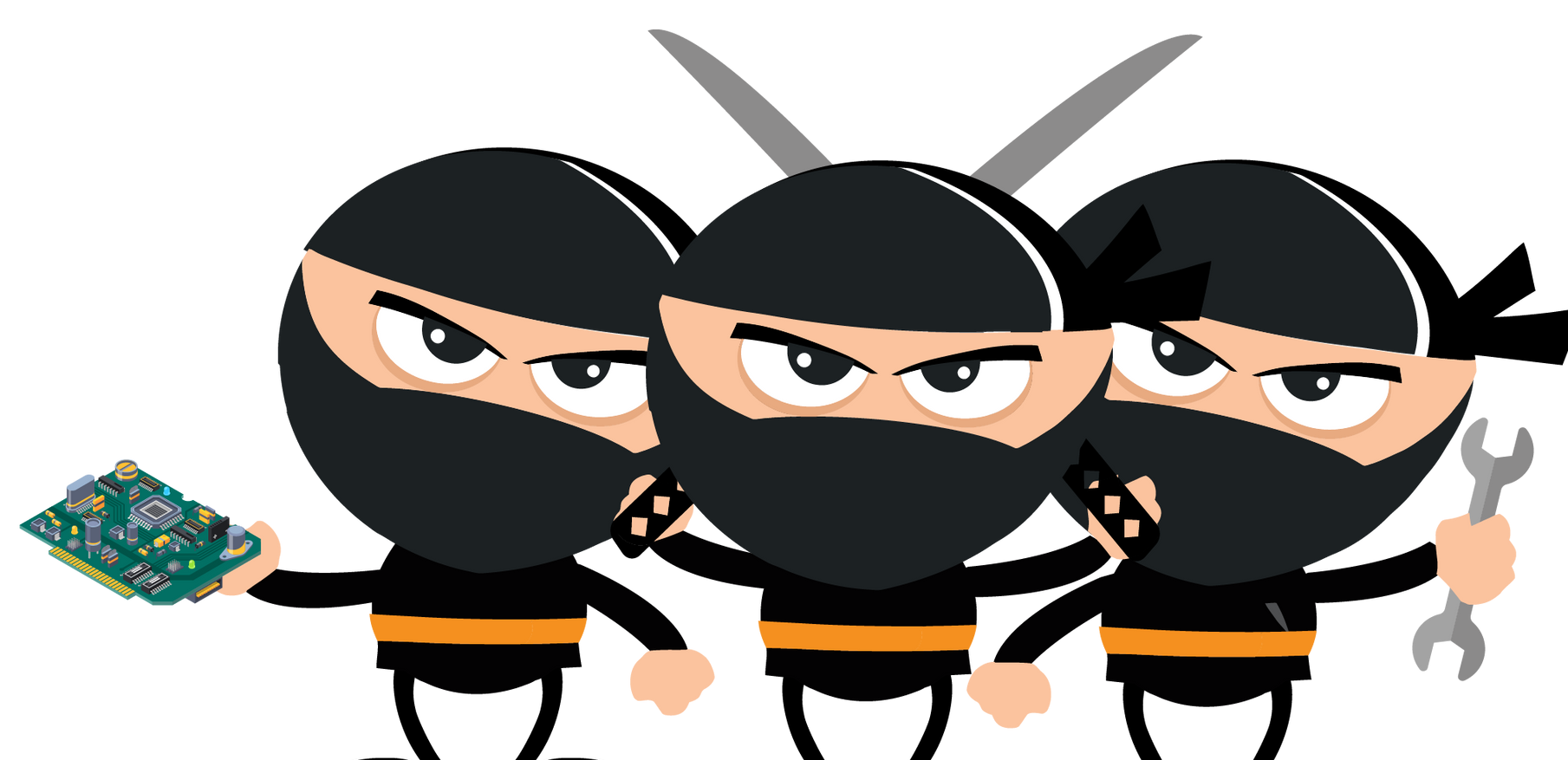FAQs

Frequently Asked Questions
What is PCBA?
PCBA stands for Printed Circuit Board Assembly. Circuit boards resemble building blocks from when you were young, and the printed circuit board is the big green platform that the masterpiece is built on. A single PCBA is built on a bare board with electronic components placed with surface mount technology or through-hole technology.
Do you offer Quick Turn Assembly?
Quick turn, prototypes, and turnkey assembly are what Ninja Circuits does best! The experienced team at Ninja prepares your conceptual circuit board assembly quickly and with quality. Prototypes, quick turns, and turnkey assemblies put testable PCBAs into your hands within days for testing and moving to production or engineering the next iteration.
What Drives the cost of the PCB electronic assembly?
The cost in a PCBA drives from the precise and high-quality components, the placements, and the finishing needed on your assembly. Ninja Circuits produces quality craftsmanship in assembly with rapid output.
What does a PCB Assembler do?
Ninja Circuits evaluates your bare PCB for design rules, acquires components from known franchised distributors, and assembles your board based on component and bare board requirements. If it is a box build, we will acquire those components and assemble based on your instructions. If your board requires testing, we can test the board via flying probe or your custom test protocol.
Should I send loose parts for assembly?
Ninja Circuits will work with the specific components and parts you would like on your PCBA. Ninja is proud of the relationships we have with suppliers and can assist in finding the components you need, saving you time and money.
What is printed circuit board verification?
Printed Circuit Board verification is an important part of an assembly because it exposes issues with the board. Typical problems that verification can expose include missing power and ground connections, incorrect diode orientation, missing or redundant pull-up and pull-down resistors, capacitor voltage derating, nets missing a driver or receiver, driver/receiver technology matching, board-to-board connectivity, bus flip errors (MSB to LSB), etc. Automated verification can also force good PCB design practices. Routing constraints for signal and power integrity, as well as design-for-test constraints, are factors that should be specified during schematic capture, not shoehorned in at the layout phase. Signal and power integrity, EMI compliance, thermal analysis, and vibration analysis should all be validated during the layout process.
Contact Ninja for a quote today!
Contact Ninja for a quote today!
Call Ninja Circuits and discuss your project needs with an in-house account representative today.
FAQs Get a Quote
Thank you for contacting us.
We will get back to you as soon as possible.
Oops, there was an error sending your message.
Please try again later.
